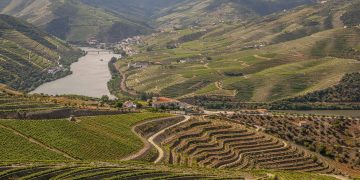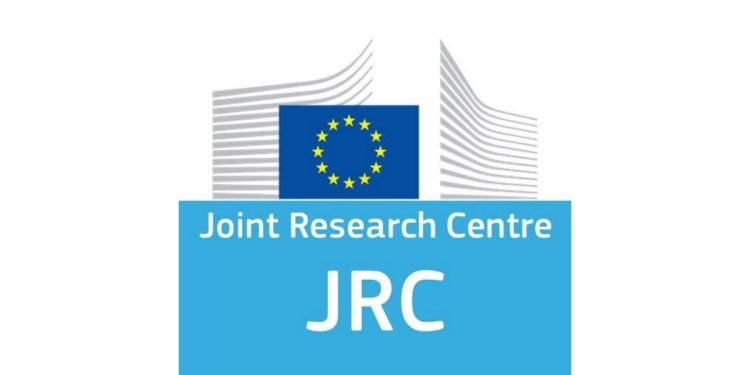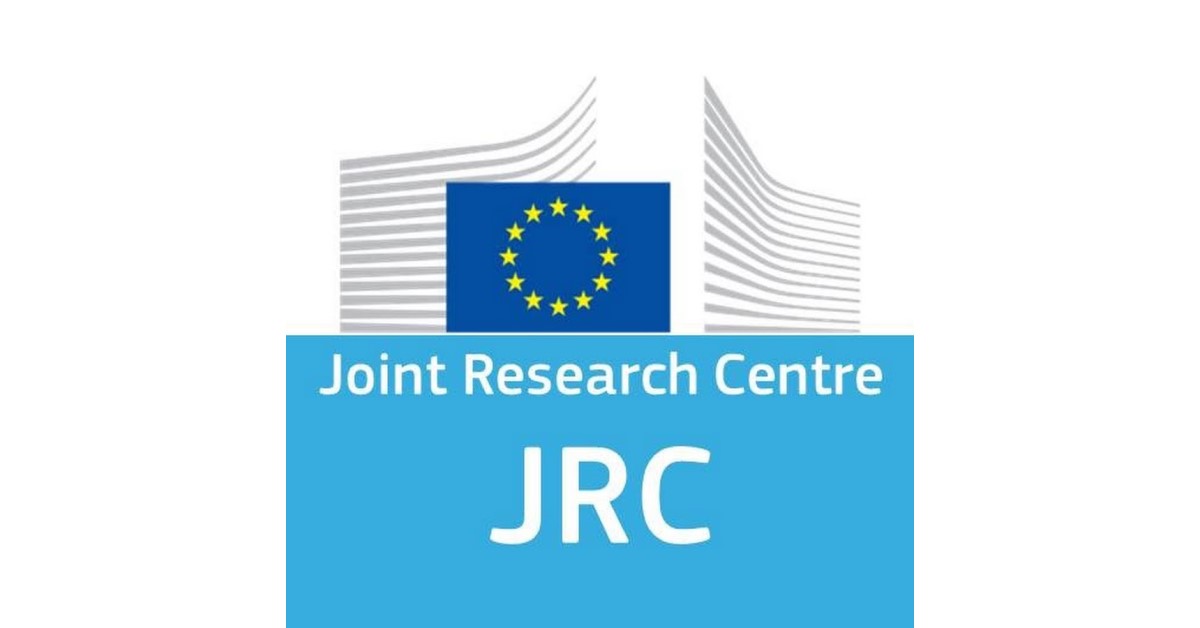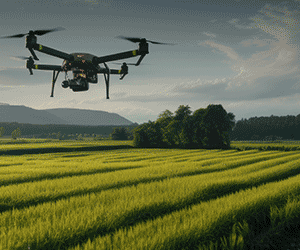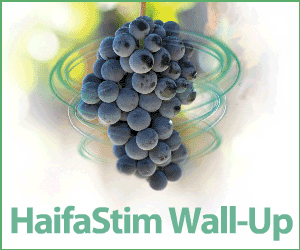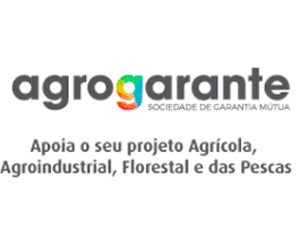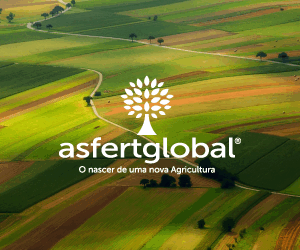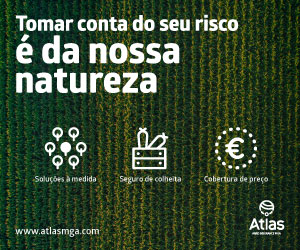New study looking into drivers of soil biodiversity finds that a higher richness and diversity of soil bacteria and fungi – detected in more disturbed areas, such as croplands and grasslands – could be sign of more potential plant pathogens. Thus, both taxonomic and functional diversity should be considered to make an accurate assessment. Actions on vegetation cover (e.g., rewilding), combined with soil management could help ensure more effective conservation measures of soil microbial diversity.
Published in Nature Communications by JRC and partner scientists from other organisations, the study Patterns in soil microbial diversity across Europe represents the largest European soil biodiversity assessment. It is based on measured DNA and soil biological data in the Land Use/Cover Area frame Survey (LUCAS).
The study focuses on bacterial and fungal communities, assessed in more than 700 sampling locations across Europe, along a wide scope of environments ranging from the Mediterranean to the Boreal region. Soil physico-chemical properties, climatic variables and land cover information were evaluated in each site.
The analysis will facilitate the development of maps on soil biodiversity and relevant indicators – for a first time at EU scale – to be used for both research and policy development and/or implementation purposes. It highlights the need to deepen knowledge of the drivers of soil microbes by including as many soil physico-chemical properties as possible.
Soils are crucial for food, nature and our economy and deserve the same level of protection as water, air or the marine environment. The European Commission is preparing the first ever EU Soil Health Law proposal, envisaged by the EU soil strategy for 2030. Its objective is to specify the conditions for a healthy soil, determine options for monitoring soil and lay out rules conducive to sustainable soil use and restoration.
The role of biodiversity
Soil biodiversity plays a critical role for soil health, providing essential ecosystem services such as food production, climate regulation, and pest control. Soil microbes are indeed involved in the decomposition of soil organic matter, the regulation of carbon stocks and nutrient cycling, and facilitate plant nutrient uptake in agriculture. Changes in soil microbial community composition and related functions can significantly alter the associated services. Therefore, it is essential to consider soil biodiversity when designing and implementing actions in various areas, ranging from agriculture to climate and pollution. While the impacts of anthropogenic and environmental factors on above-ground diversity are increasingly studied and better understood, there is still a long way to go to understand their effects on below-ground diversity and the numerous services it ensures.
Existing gaps and limits in the available studies
So far, only a limited number of surveys have been conducted at the continental scale, making it difficult to systematically assess the factors that drive changes in taxonomic and functional diversity of soil bacterial and fungal assemblages across large areas. To address this issue, extensive field studies and standardised datasets that account for the spatial diversity of microbes and the driving factors that affect them are necessary.
This will help to better understand how microbial communities are distributed according to the conditions in which they occur. Additionally, while many studies have examined the impacts of driving factors independently, only a few have explored the effects of their combinations on microbial communities. Similarly, the interaction-effect of different types of drivers on microbial functional groups has received little attention.
Soil biodiversity data
LUCAS biodiversity data – obtained from the soil biodiversity module of Land Use/Cover Area frame Survey (LUCAS) were used to investigate patterns of soil bacteria and fungi for the first time at the European scale under a wide range of soil and climatic conditions. Soil biological data were sampled from over 700 sites in six different vegetation cover types ordered along an increasing gradient of land-use perturbation, from woodlands to croplands.
Taxonomic and functional annotations are both essential
This study indicates that a higher richness and diversity detected in more disturbed areas, such as croplands and grasslands, could also mean more potential plant pathogens. While displaying a high biodiversity, croplands and grasslands host distinct microbial communities from less-perturbated areas like woodlands and could host more potential plant pathogens.
Thus, to obtain accurate estimates of the impact of land-use intensification and environmental factors on below-ground diversity, future studies need to consider both taxonomic and functional diversity in monitoring and preservation schemes. Relying solely on taxonomic diversity may indeed lead to a misleading assumption that an increased biodiversity results can improve ecosystem functioning.
Soil communities’ responses to environment are diverse
The study highlights that soil biodiversity is driven by different factors, as bacterial diversity is mainly shaped by soil conditions while fungal diversity is mainly influenced by vegetation cover. From a management perspective, actions on vegetation cover (e.g., rewilding) combined with soil management could help ensure more effective conservation measures of soil microbial diversity.
In the same way, the distributions of inferred microbial functional groups are influenced by different types of drivers; soil properties affect bacteria, while vegetation cover affects fungi. Moreover, the same soil and climatic conditions can have contradictory impacts on functional group patterns, promoting or hindering their presence.
These observations emphasise the rich variety of soil biodiversity and its responses to both human activity and environmental factors. When implementing conservation measures, it is crucial to consider the various impacts on communities and different functional groups.
Thus, there is a need to deepen our knowledge of the drivers of soil microbes by including as many soil physico-chemical properties as possible in future studies, along with information on the vegetation covering the soils and climatic conditions, in order to investigate both taxonomic and functional assemblages.
Studying interacting factors could help to define cluster areas of action
Although studying the impact of environmental drivers as independent factors provides a suitable understanding of microbial patterns at a continental scale, exploring their interactions may offer new insights into soil diversity monitoring and preservation. To investigate soil microbial communities and functional groups, large areas could be divided into multiple patches of environmental features known to affect microorganisms through their interactions (such as climate, vegetation, and soil properties).
This method can help to identify clusters of action, or areas of priority, where implementing appropriate monitoring tools and preservation measures can have the most significant impact.
Implications at EU-policy level
Recent policy initiatives at EU level present a promising foundation for the development of a legal framework that considers soil life. Among those initiatives, the EU Biodiversity Strategy for 2030 includes measures to protect and restore soils as part of the EU’s commitment to bring at least 25% of EU’s agricultural lands under organic farming and to reduce the use of chemical pesticides by 50%. The EU Soil Strategy for 2030 also envisages a Soil Health Law in 2023.
Its goal is to directly protect soils, monitor their biodiversity and introduce a “passport for excavated soil” ensuring safe transport, treatment or reuse elsewhere. The EU is also unique in its aim to include a standardised soil monitoring programme across all member states through the LUCAS soil survey, including its biodiversity module, for all current and future EU soil-related policy initiatives through the newly launched EU Soil Observatory.
By participating to a comprehensive assessment of soil microbial diversity and ecosystem functioning across Europe, the LUCAS biodiversity module and the results of the current study could thus help to set up new monitoring schemes for soil communities, leading to the development and implementation of soil-related investments and policies.
Related links
Patterns in soil microbial diversity across Europe
Land Use and Coverage Area frame Survey (LUCAS) project
EU Soil Observatory (EUSO)
O artigo foi publicado originalmente em JRC.



